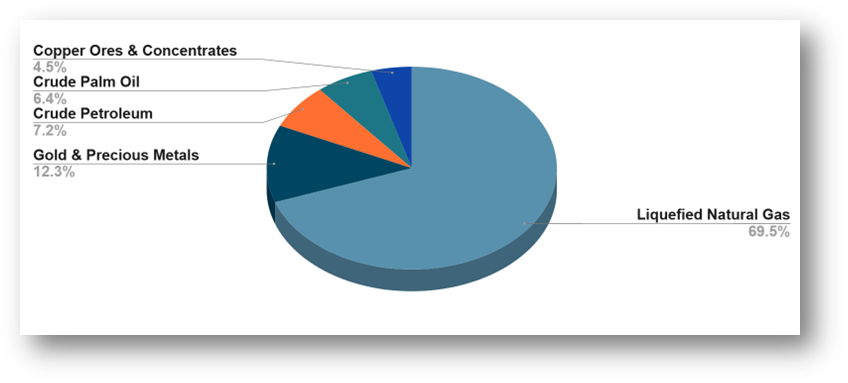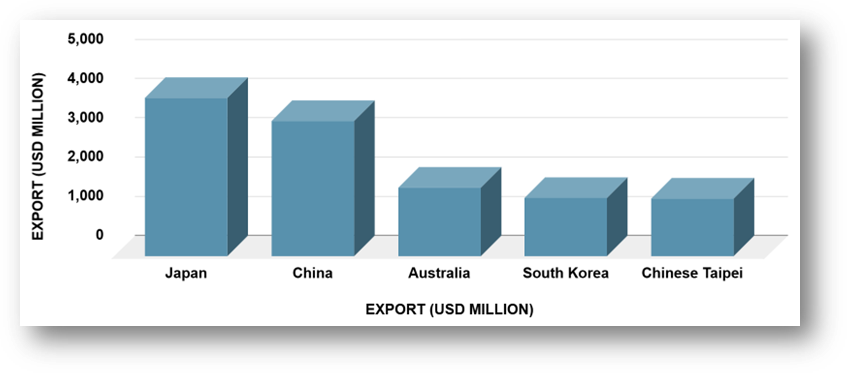Papua New Guinea (PNG), located in the Southwest Pacific, is rich in natural resources, including gas, gold, and copper. Port Moresby acts as the capital and trade gateway. As per PNG export data, PNG ranked approximately 87th globally in exports with a total value of USD 15.4 billion, driven by commodities like natural gas, minerals, and agricultural products. Major export destinations include Japan, China, and Australia. It has a population of 10.58 million. It has a GDP of USD 33 billion.



